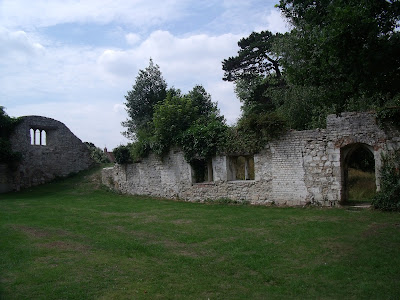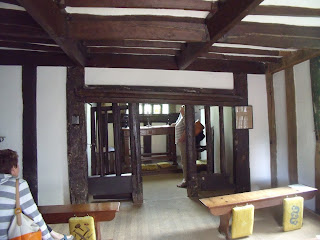I finally reached the source of the River Thames last week. I have loved almost every minute of the walk, meeting lots of different people, seeing wildlife I had never seen before and achieving a long held dream of walking from the Thames Barrier in South East London to the source of the river in Gloucestershire, 184 miles away.
The weather has been excellent for walking this summer so I hadly encountered any rain at all. For the most part I travelled from home to where I had finished walking the previous day. This in itself was a logistical challenge, having to co-ordinate the trains and buses. Some days it took almost 3 hours to get to my starting point and the same to get home so travelling was taking up as much time as the walk. But then time was on my side. I had not set myself a schedule so was not under pressure to finish within a particular number of days. In fact it took 17 days. It could easily be done in less if you are staying over on route. Once I reached Oxford I sought out accomodation and from then it was a continuous walk.
I met people from Australia, New Zealand, Denmark, the USA as well as many from the British Isles. I saw herons, cormorants,kingfishers and red kites by the dozen. There were fishermen, eel catchers, crayfish catchers, naturalists as well as naturists!
I was sorry it had come to an end but there will be another trail somewhere for me to walk again soon. Meanwhile I am continuing to document it on my other blog www.62andthenext10pathways.blogspot.co.uk
The posts are long but I want to do it as an aide memoire for myself. Here's to the next one
Sharing with Weekend reflections
The weather has been excellent for walking this summer so I hadly encountered any rain at all. For the most part I travelled from home to where I had finished walking the previous day. This in itself was a logistical challenge, having to co-ordinate the trains and buses. Some days it took almost 3 hours to get to my starting point and the same to get home so travelling was taking up as much time as the walk. But then time was on my side. I had not set myself a schedule so was not under pressure to finish within a particular number of days. In fact it took 17 days. It could easily be done in less if you are staying over on route. Once I reached Oxford I sought out accomodation and from then it was a continuous walk.
I met people from Australia, New Zealand, Denmark, the USA as well as many from the British Isles. I saw herons, cormorants,kingfishers and red kites by the dozen. There were fishermen, eel catchers, crayfish catchers, naturalists as well as naturists!
I was sorry it had come to an end but there will be another trail somewhere for me to walk again soon. Meanwhile I am continuing to document it on my other blog www.62andthenext10pathways.blogspot.co.uk
The posts are long but I want to do it as an aide memoire for myself. Here's to the next one
Sharing with Weekend reflections

























































